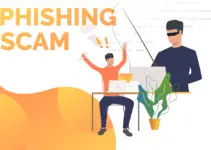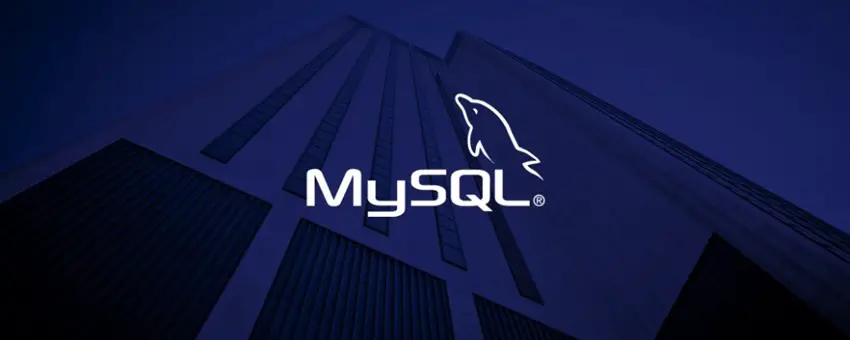 The Washington Post reported on a story awhile ago about sensitive documents in the U.S. Compound in Libya which were exposed to looters after the attack. The documents detailed information regarding U.S. Weapons, emergency, and itinerary operations in Libya. Looters had access to the area after the chaos with no security forces guarding the compound. This terrible tragedy made me think about my personal documents and ask myself if they are secure.
The Washington Post reported on a story awhile ago about sensitive documents in the U.S. Compound in Libya which were exposed to looters after the attack. The documents detailed information regarding U.S. Weapons, emergency, and itinerary operations in Libya. Looters had access to the area after the chaos with no security forces guarding the compound. This terrible tragedy made me think about my personal documents and ask myself if they are secure.
I was sitting in a cafe in Sunnyvale, California this afternoon surrounded by a slew of Silicon Valley warriors. I always feel paranoid in cafes around the valley. You know, when you are discussing your startup’s business model with a partner only to notice the table next to you looks like they are taking notes regarding your conversation. Anyway, back to my thought. In this cafe I watched a guy sitting alone stand up and head to the bathroom. He left his laptop open with his spreadsheet exposed to the world as he did.
This isn’t the first time I’ve seen this behavior. On multiple occasions I’ve noticed notebooks, laptops, and even smartphone sitting alone on a table while someone grabs more coffee or heads to the restroom. What are people thinking?!
On a similar note, how are you doing when it comes to keeping your documents secure? I don’t thinking the majority of us walk away from an exposed open laptop regularly, but what about the documents on our personal computers and mobile devices? Have you taken the appropriate security measures to keep your intellectual property safe?
[Recommended read: 5 Tools to Help you Keep Your Laptop and Data Secured]
PDF Security
Portable Document Format (PDF) is the most widely used form of file type. It is so popular partly due to the fact that it allows for sharing the document without changing the format when it’s viewed on various devices. Creating, sharing, and editing PDF documents is not only popular, it is also standard operating procedure for most businesses.
With that said, when is the last time your PDF was secured when you created it? Un-unsecured PDF can easily be copied and stolen. The document can be password protected from other people highlighting and copying the information. There can also be a password which prevents unauthorized eyes from viewing it.
There are even higher level security strategies used to further protect against theft. Digital signatures are a means of ensuring a document is coming from an original and uninterrupted source. Placing a digital stamp encrypts the data on the PDF, and only grants access to the intended receiver. The recipient can digitally verify that it comes from the correct source and has not been altered in transit. In a world where small businesses are under constant attack from hackers, knowing your PDF is secure and encrypted is vital to protect intellectual property.
[Read also: What is Encryption and Why It’s Important?]
Word Security
Word documents come a close second to PDF and overall usage. And just like PDF documents, Word documents must also be secured. Word has built-in features that allow you to protect your document. Under the tools section in the toolbar select “protect document”. This allows users to protect the document against changes and also adds a password for more protection.
Higher level security can also be used. When creating these documents you can simply choose to encrypt them. And like PDF documents, electronic signatures for Word are also available and used in much the same way.
Practical Security
Finally, it’s crucial that everyone uses common sense to protect confidentiality, intellectual property, and personal identity. Protection against attacks can be done by keeping your head straight. Keep up-to-date virus and spyware software on your devices. Never leave your electronic devices out of your control in a unsecured area. This includes work settings.
Are you using unique passwords? So many people I talk to have only a few passwords which covered dozens of accounts. Every account must have a unique password. Preferably a 16 digit alphanumeric combination. Even this is still breakable, but it is a very good first layer protection.
What about your mobile device? Do you even have a passcode to protect unauthorized logins? Did you know that a semi sophisticated hacker can break your four digit passcode in a matter of minutes? Many businesses are now requiring their employees to layer pass code protection on their mobile devices. This means entering a unique passcode for every operation. Whether it’s sending a text message or answering email a unique passcode must be used. This becomes tiresome, but it is an effective strategy.
Business owners reading this should employ a strict security policy across your company. Those wishing to secure their personal devices should also take steps to avoid exposure to risk. It’s definitely an ongoing process. Never, I repeat never, let your guard down or think you are immune from attack. Stay aware of current security happenings, and don’t let the table next to you take a picture of your laptops screen with their camera phone (true story, this happened to me)! Stay safe my friends.




Good topic Peter.
Any good security plan starts with safe and reliable backups.
The only thing worse than someone accessing your private data is someone deleting it.
Protect it as best you can but back it up to be safe.
Do you trust the cloud for security?
Trust the cloud? No way! There’s no way our data would be safe if it’s in someone else’s hands 🙂
Hi Peter,
Security to all Different types of Files will helps us to maintain secrecy to all our documents.Now a days Anything which is stored in Online is not safe…Every thing is being So every one need to protect their documents 🙂 🙂
I suggest not to put all eggs into one basket. Other then online storage, we should also store files offline don’t you think so, Srikanth?
Yea We Can Save Offline , But What Happens If we lose(Stolen by someone or Burnt By anyone Unknowingly) all those Files which we have kept In our Homes,,Offices,,,Schools..??
Yeah, that’s why we also need the cloud. The cloud is also not 100% safe though 🙂
Securing documents is as important as securing passwords. These should be properly taken care of. Thanks for these suggestions.
You’re welcome, Jeremy!
I never thought about someone taking a picture of a laptop screen before, but now that you mentioned it I could see that happening. Hopefully you didn’t have anything private or personal on the screen at the time.
I know technology and cameras are very nice and convenient, but it does creep me out a little sometimes because you never know who is watching you, recording you, or taking a picture of you anymore. And, what they might do with it if they have done so.
I never worried about these as I will never leave my laptop/gadgets unattended 🙂 Hey very nice of you to stop by Ray, I know you are very busy 🙂
Security is really a major concern these days. I personally would recommend you a secure cloud storage for important data.
I still prefer offline storage 🙂
The thought of loosing my data to someone unknown sends shiver down my spine. Great advice as how to secure the data and make your personal info safe and secure.
Thanks for this post!!!
Thanks for commenting!
thanks peter for these tips. securing your documents in an important thing. sometimes if may cost you. and yes we should use updated antivirus and we should not use the same password for all the sites and accounts. this increases the chances of being hacked
Using multiple passwords for different accounts is vital!
Hey Peter,
Yes, security is one of the major concern now days and we have to update our antivirus regularly.